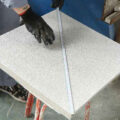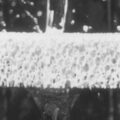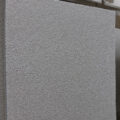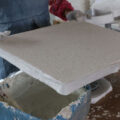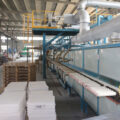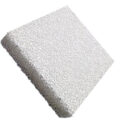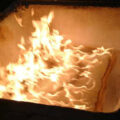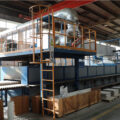AdTech provides a uniform, close-tolerance ceramic filter media, which can significantly reduce the cost of aluminum casting. The ceramic filter plate has an open-pore structure, which is characterized by having a plurality of interconnected voids, so that molten metal can pass therethrough to remove entrained solids and gases from the final cast product.
Such filters may include, for example, solid filter plates or porous carbon plates made of sintered ceramic aggregates, also known as foam ceramic filters. It has an open-cell structure, which is characterized in that a plurality of interconnected voids are surrounded by the mesh of the ceramic material. It has low cost and can be used once, so it is particularly suitable for the present invention. In addition, the filter can effectively filter molten metal, especially aluminum, at low cost, thereby obtaining a filtration efficiency with considerable flexibility.

The first filter-type medium may be prepared to have a relatively coarse pore size of 5 to 20 ppi, which has an air permeability of 2500 to 8000×10-7 cm 2, and the second filter medium may include a relatively fine filter having The number of holes is 20 to 45ppi and the air permeability is 400 to 2500×10-7cm 2. The metal flow rate through the filter is 5 to 50 cubic inches per square inch of filter per minute. Naturally, as mentioned above, the permeability and pore size of the media of each filter type can be changed to suit the specific material being filtered.
The ceramic foam filter is made of an open-cell flexible foam material having a plurality of interconnected voids, which are surrounded by a net of the flexible foam material, such as polyurethane foam or cellulose foam. The ceramic foam filter can be prepared according to general procedures.
An aqueous ceramic slurry was prepared, and the foamed material was impregnated with the foamed ceramic material, thereby coating the fiber web with it, and basically filling the voids with it. The impregnated material is compressed so that a part of the slurry is discharged from here and the rest is evenly distributed throughout the foam material. The coated foam material is then dried and heated to burn off the flexible organic foam first. The ceramic coating is then sintered to provide a fused ceramic foam having a plurality of interconnected voids surrounded by a bonded or fused ceramic mesh and in the form of foam.
Depending on the specific metal to be filtered, a variety of ceramic materials can be selected. Preferably, a mixture of aluminum oxide and chromium oxide is used, but these materials can of course be used alone or in combination with other ceramic materials. Other typical ceramic materials that can be used include zirconia, magnesia, titanium dioxide, silicon dioxide, and mixtures.

